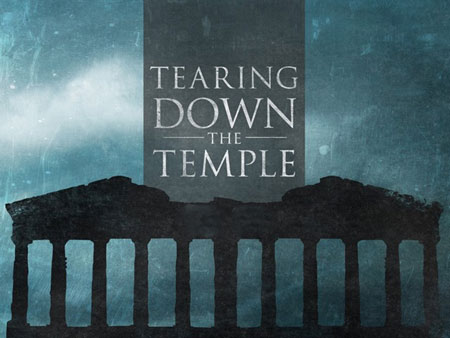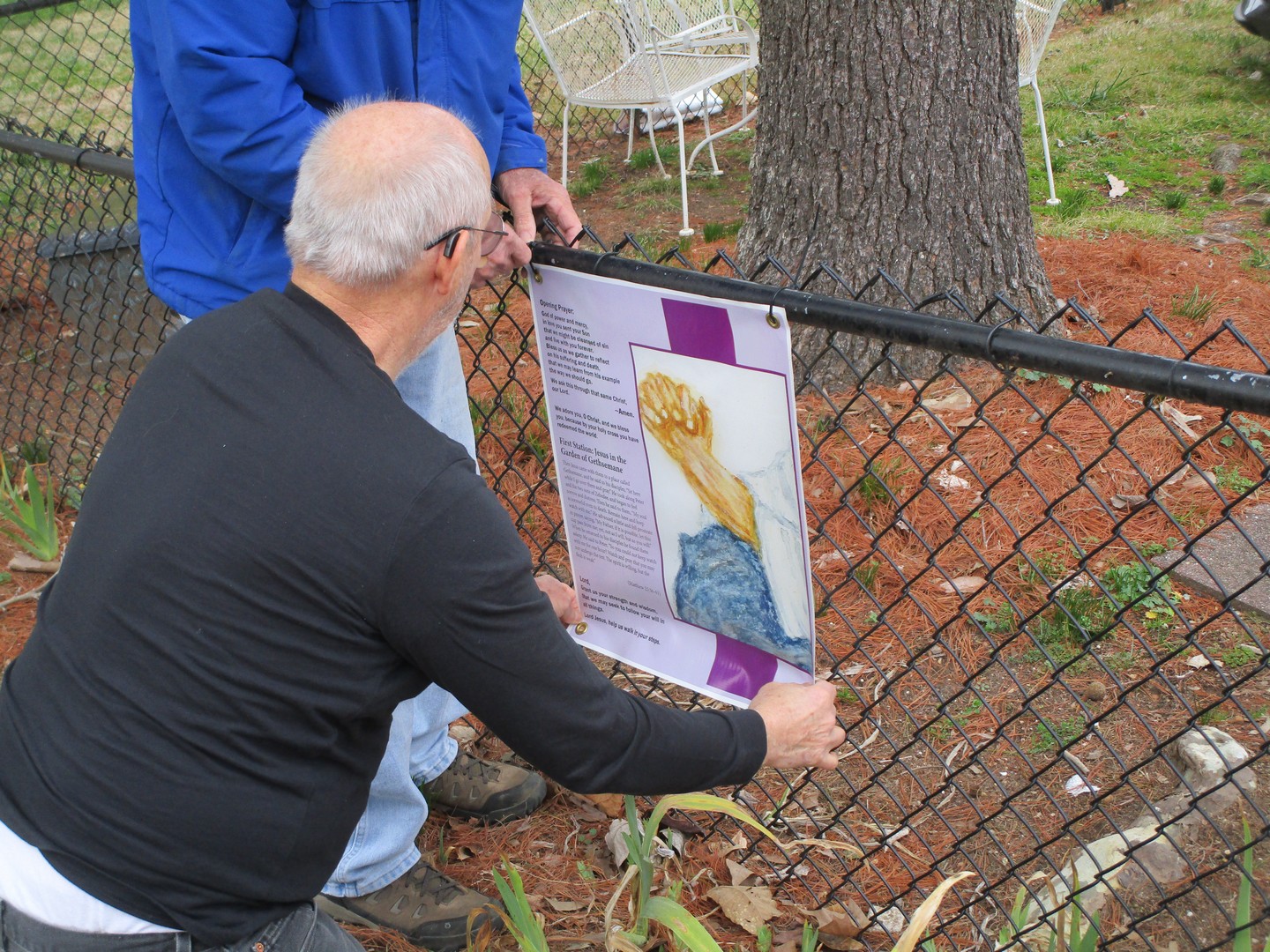
This Sunday’s Gospel has an usual order of the overthrowing of the Temple’s table . In Matthew, Mark, and Luke, Jesus flips tables in the Temple courtyard just after the triumphal entry into Jerusalem. But in John, we get this narrative much earlier, following directly on the heels of Jesus performing his first miracle at the wedding at Cana. So, for John, Jesus flipping tables at the Temple is more an inauguration of Jesus’ earthly ministry rather than a culmination of Jesus’ earthly ministry. One thing we can’t do is flip the pews – they are bolted to the floor
Is Jesus against commerce? The SALT blog was quick to point ou this week. No. “…Jesus’ anger seems to be focused not on marketplaces, or on corruption in general, but rather on the sacrificial system itself. His actions seem to say: It’s high time for that system to end, and for a new era to begin.”
The second part of the scripture moves the temple from a physical location to the temple in his body. ” The Jews then said, “This temple has been under construction for forty-six years, and will you raise it up in three days?” But he was speaking of the temple of his body. ”
Thus Jesus does at least three things at once: (1) he counters the religious authorities; (2) he cryptically predicts his death and resurrection, something his disciples realize only later, “after he was raised from the dead”; and (3) he casts a revolutionary vision for worship in the new era. His body is the temple.
He re-interprets both the temple and worship. We can follow Jesus and his ministries outside the church and find new avenues for extending the kingdom. And they may be in the institutions in Port Royal and elsewhere.
Back in Matthew 5:!7-19 Jesus says in the Sermon on the Mount that “his purpose is not to abolish the law or to criticize what the prophets proclaimed and taught. Rather, he has come to fulfill or complete them. Jesus also emphasizes that keeping the commandments is essential for faithful living.” So it may not be where the temple is, the institution but how we can approach what it teaches.
“The core message of Jesus was to proclaim what all the law and prophets demand of us; to love God with all our heart, soul, and mind and to love our neighbors as ourselves. For Jesus, the law of love was primary, and he responded to people and situations with love and compassion. Love is the law and the gift that we are called to live and to share.”
Jesus teaching was radical since the original temple, the Temple of Solomon, was built in Jerusalem around 990–931 BCE and had 1,000 years of use. This was the means of public religion. Now there was a different vision of how it should be done that wrangled many of the Jewis leaders.
In our time there are similar controversies involving institutions and the way they have been doing things which have contributed to the polarization in our society. We should look at process to try to bridge the gap. Look at vision first. Are we are aligned with a similar vision or not ? If we are, can we work together on means and come up with a way forward where both groups can find a role and a place?





